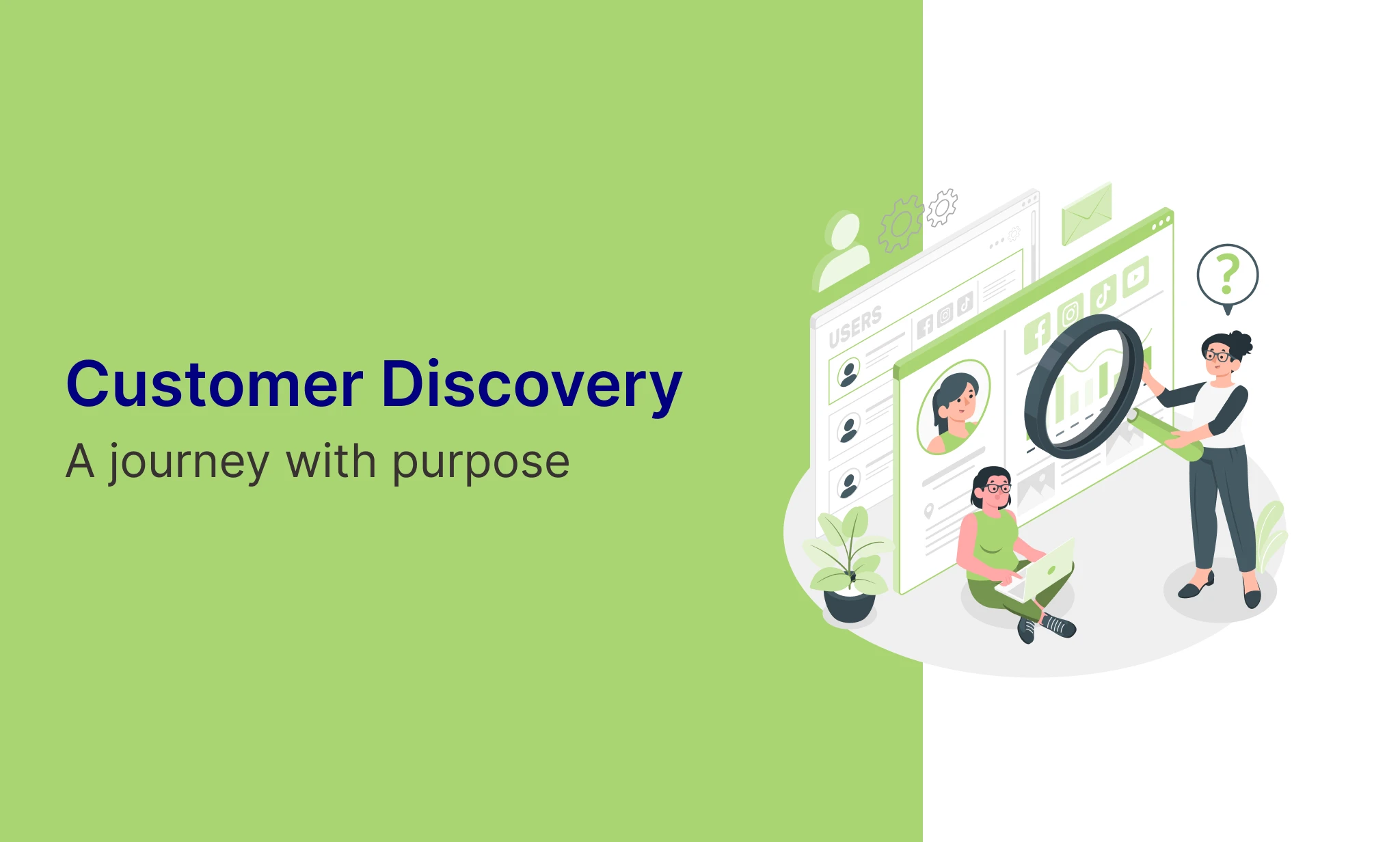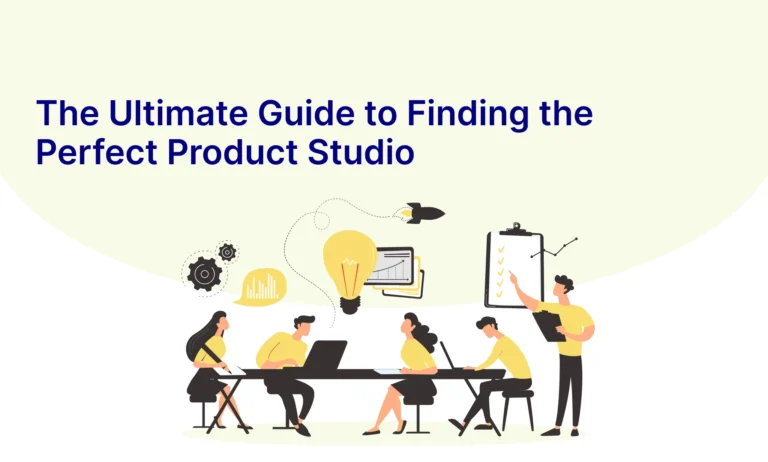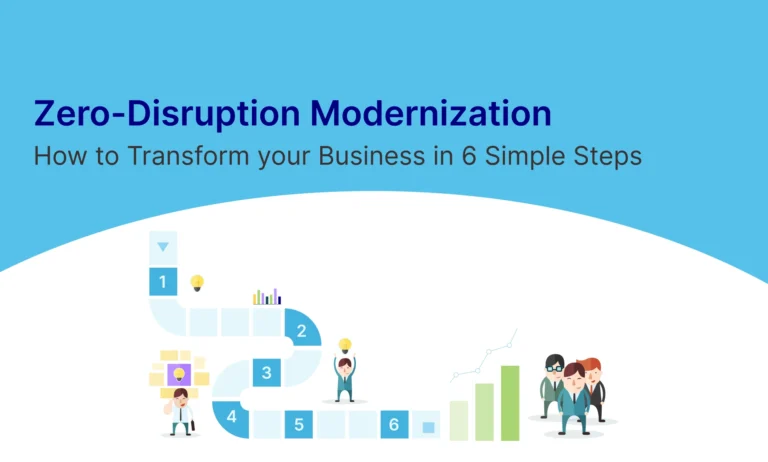Table of Contents
Customer needs are the cornerstone to building a successful product. It’s the responsibility of the Product team and Product manager to identify these needs and craft out a product that would make the customer’s life easier. We call this Customer Discovery.
Customer discovery is a process used by product managers to understand the needs, wants, and pain points of their target customers. This process helps product managers validate their product ideas, identify potential customers, and gather feedback to inform product development and marketing strategies. Techniques used in customer discovery include conducting interviews, surveys, focus groups, usability testing and observations/ethnographic research. The goal of customer discovery is to gather qualitative and quantitative data that can be used to create a product that meets the needs of its target market.
Interviews
Conducting interviews is a common technique used by product managers during the customer discovery process. The goal of these interviews is to gather qualitative data from potential customers to understand their needs, wants, and pain points.
Here are some best practices for conducting customer discovery interviews:
- Develop a script: Before conducting the interview, develop a script or list of questions that will help you gather the information you need.
- Identify the right participants: Identify potential customers who are representative of your target market and are willing to participate in the interview.
- Schedule the interview: Schedule the interview at a time and place that is convenient for the participant.
- Listen actively: During the interview, listen actively to the participant and allow them to speak freely. Avoid interrupting or steering the conversation in a certain direction.
- Take notes: Take notes during the interview to capture key insights and feedback.
- Follow-up: After the interview, follow-up with the participant to thank them for their time and provide them with any information they requested.
- Analyze the data: After conducting several interviews, analyze the data to identify patterns and common themes. Use this information to inform your product development and marketing strategies.
Product Managers should also be aware of the ethical consideration around conducting interviews and make sure the participants are aware of the purpose and how their data is going to be used.
Surveys
Surveys are another common technique used by product managers during the customer discovery process. Surveys are useful for gathering both qualitative and quantitative data from a large number of potential customers.
Here are some best practices for conducting customer discovery surveys:
- Define the research objectives: Clearly define the research objectives and the information you want to gather from the survey.
- Develop the survey: Create a survey that is clear, concise, and easy to understand. Use both open-ended and closed-ended questions to gather both qualitative and quantitative data.
- Identify the target audience: Identify the target audience for the survey and select a representative sample of participants.
- Test the survey: Test the survey with a small group of participants to identify any issues or areas for improvement.
- Distribute the survey: Distribute the survey through email, social media, or other online platforms.
- Analyze the data: Once the survey has been completed, analyze the data to identify patterns and common themes. Use this information to inform your product development and marketing strategies.
It’s also important to keep the survey length short, as well as providing clear instructions, and making sure the survey is accessible to all types of participants.
Focus Groups
Focus groups are another technique used by product managers during the customer discovery process. A focus group is a moderated discussion among a small group of potential customers, which is led by a facilitator or moderator. The goal of a focus group is to gather qualitative data from a group of participants in order to gain insights and feedback about a product or service.
Here are some best practices for conducting customer discovery focus groups:
- Define the research objectives: Clearly define the research objectives and the information you want to gather from the focus group.
- Identify the target audience: Identify the target audience for the focus group and select a representative sample of participants.
- Develop a discussion guide: Develop a discussion guide that includes a list of questions or topics to be covered during the focus group.
- Recruit participants: Recruit participants for the focus group and ensure that they are representative of the target market.
- Conduct the focus group: Conduct the focus group in a neutral location and use a trained moderator to lead the discussion.
- Analyze the data: After the focus group, analyze the data to identify patterns and common themes. Use this information to inform your product development and marketing strategies.
It’s important to keep the group size small (typically 6-10 participants) and to make sure the participants are diverse, in terms of demographics and behaviours, in order to get more representative feedback. Also, making sure the participants are comfortable and willing to share their thoughts and opinions, and that their privacy is protected.
Usability Testing
Usability testing is a technique used by product managers during the customer discovery process to observe and gather feedback from potential customers on how easy and effective a product is to use. The goal of usability testing is to identify any usability issues and to gather feedback on how to improve the product.
Here are some best practices for conducting customer discovery usability testing:
- Define the research objectives: Clearly define the research objectives and the information you want to gather from the usability testing.
- Identify the target audience: Identify the target audience for the usability testing and select a representative sample of participants.
- Develop a testing script: Develop a testing script that includes a list of tasks for the participants to complete and a list of questions to ask the participants.
- Recruit participants: Recruit participants for the usability testing, and ensure that they are representative of the target market.
- Conduct the usability testing: Conduct the usability testing in a neutral location, and use a trained moderator to guide the participants through the tasks and to ask follow-up questions.
- Analyze the data: After the usability testing, analyze the data to identify patterns and common themes. Use this information to inform your product development and marketing strategies.
It’s important to make sure the testing environment is comfortable and familiar to the participants, and to give clear instructions. Also, testing with a small number of participants (5-8) is usually sufficient to identify the most common usability issues.
Observation/Ethnographic Research
Observations and ethnographic groups play an important role in customer discovery in product management. Observations involve watching and documenting how potential customers use products or services and can help identify unmet needs or pain points. Ethnographic groups refer to studying a specific demographic or cultural group in order to understand their beliefs, behaviors, and motivations. This information can then inform product design and positioning and help validate product-market fit. By combining both observation and ethnographic techniques, product managers can gain a deeper understanding of their target customers and make informed decisions about their product roadmap.
Capturing data about ethnic groups for product management involves several steps:
- Identifying the target ethnic group: It’s important to have a clear understanding of the specific ethnic group you want to study. This may involve researching their demographics, geographic distribution, and cultural characteristics.
- Recruiting participants: You can recruit participants through various methods such as online surveys, in-person interviews, or focus groups. Consider working with community organizations or leaders to help identify potential participants.
- Conducting research: During research, it’s important to listen and observe with an open mind and show respect for the cultural differences of your participants. You can use qualitative methods such as ethnographic interviews, participatory observation, or cultural probes to gather information about the attitudes, behaviors, and needs of the target group.
- Analyzing the data: Once you’ve collected data, it’s important to analyze it in order to identify patterns and insights. You can use various tools such as coding and categorization to help organize and make sense of the data.
- Applying the insights: Use the insights you’ve gained to inform product design and positioning, as well as validate your product-market fit. It’s also important to consider ethical and cultural sensitivities when applying the insights.
By following these steps, product managers can gain valuable insights into the needs and behaviors of ethnic groups and make informed decisions about their product roadmap.
A sample template we follow at Byteridge to perform Customer discovery activity is shown below.

Things to avoid…
There are several things that can go wrong during the customer discovery process for product managers. Some common issues include:
- Talking to the wrong customers: Talking to customers who are not representative of the target market can lead to inaccurate or misleading data.
- Biased sample: If the sample of participants is not representative of the target market, the data gathered may not be accurate or generalizable.
- Bias in the questions: If the questions asked are leading or biased, the data gathered may not be accurate.
- Inadequate data analysis: If the data is not properly analyzed, key insights may be missed, and important information may be overlooked.
- Not following up: Not following up with participants after the customer discovery process can lead to missed opportunities for further feedback and insights.
- Not acting on feedback: Not acting on feedback from customers can lead to a product that does not meet the needs of the target market.
- Lack of privacy and ethical considerations: Not respecting the privacy and ethical considerations of the participants can lead to mistrust and negative impact on the company’s reputation.
- Not testing with enough participants: Not testing with a large enough sample size can lead to inaccurate or unreliable data.
It’s important for Product Managers to have a clear plan and structure in place to avoid these issues and to make sure to have a well-defined target market, a representative sample, unbiased questions and a proper data analysis plan. Also, ethical considerations and following up with the participants should be considered.
In a Nutshell…
Customer discovery also helps product managers identify unmet needs in the market, which can open up new opportunities for innovation and differentiation.
Furthermore, customer discovery allows product managers to gather feedback on the product throughout the development process, which means they can make adjustments and improvements before the product is launched. This can help to minimize the risk of launching a product that doesn’t meet the customer’s needs.
Overall, customer discovery enables product managers to create better products by providing them with valuable insights and feedback from their target market, which can inform product development, design and go-to-market strategies.







